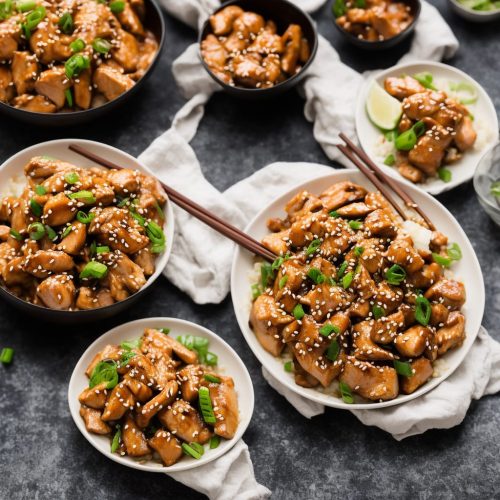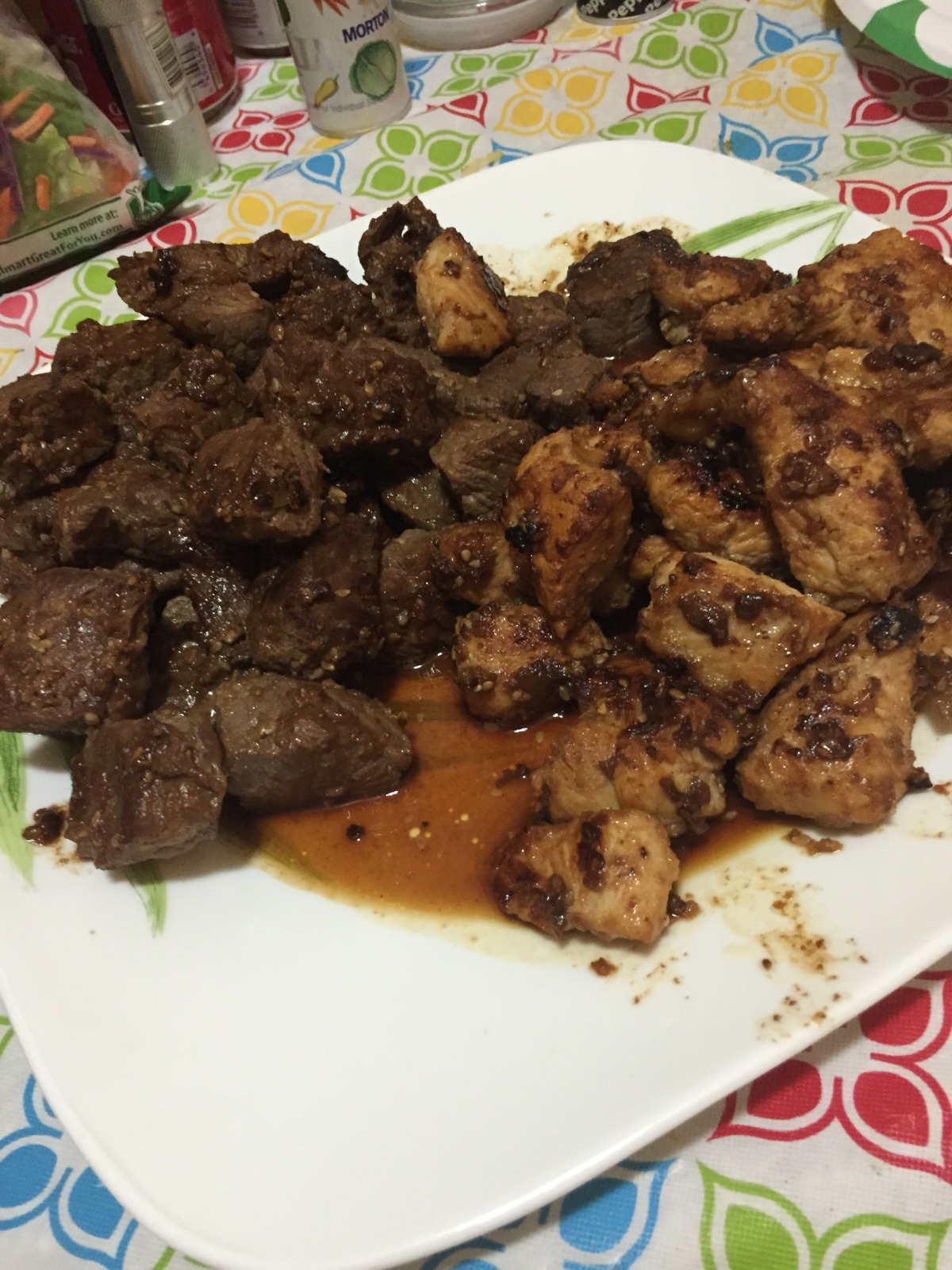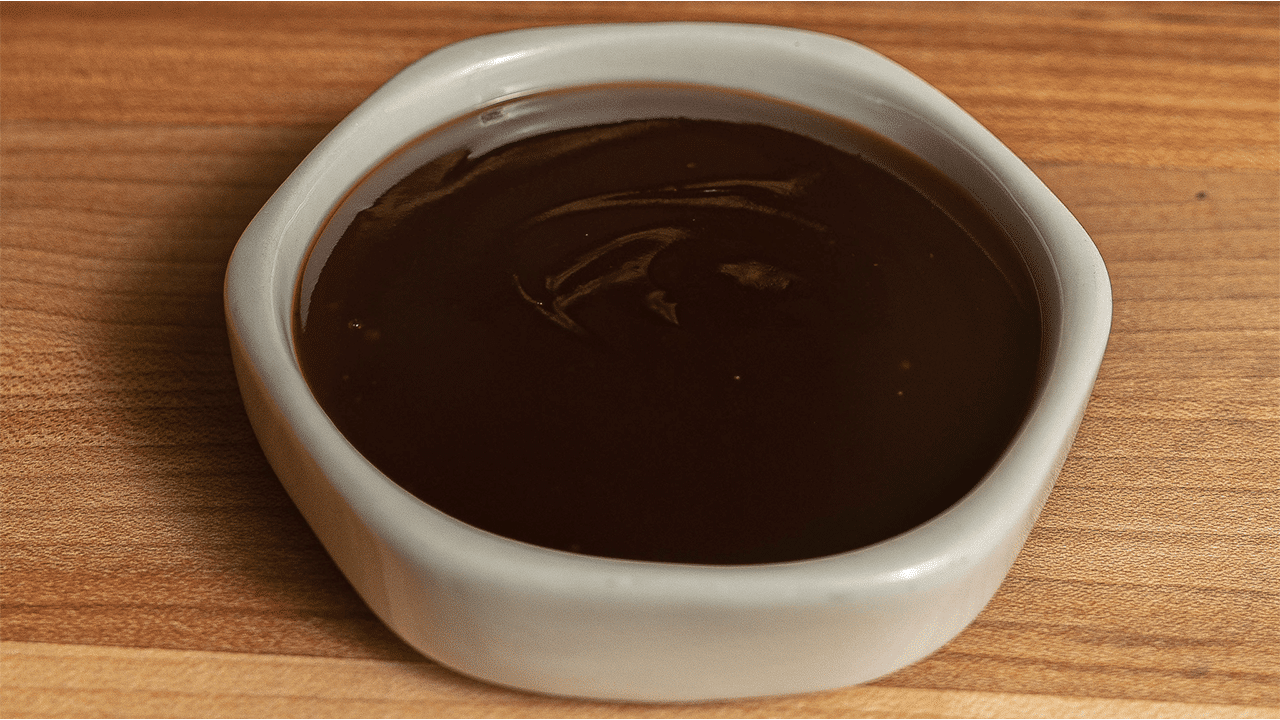When it comes to Japanese cuisine, Hibachi Benihana Teriyaki has carved out a unique space in the hearts of food enthusiasts worldwide. This culinary phenomenon is not just about food; it's an experience that combines art, performance, and flavor. Whether you're a long-time fan or a newcomer to this vibrant style of dining, understanding the essence of Hibachi Benihana Teriyaki is essential for any food lover.
Hibachi Benihana Teriyaki is more than just a dish; it's a celebration of Japanese culinary culture. Originating from the famous Benihana chain, this style of cooking has become synonymous with delicious, high-quality ingredients prepared in front of guests by skilled chefs. It's a dining experience that appeals to all the senses, making it one of the most sought-after dining options globally.
In this article, we will delve into the origins, preparation techniques, and cultural significance of Hibachi Benihana Teriyaki. From its humble beginnings to its current status as a global phenomenon, we'll uncover the secrets behind its popularity and why it continues to captivate diners worldwide.
Read also:Michael S Schmidt A Comprehensive Guide To His Achievements Biography And Legacy
Table of Contents
- Introduction
- History of Hibachi Benihana Teriyaki
- The Art of Hibachi Cooking
- Key Ingredients in Benihana Teriyaki
- Exploring the Flavors of Teriyaki
- The Hibachi Dining Experience
- Health Benefits of Teriyaki Cuisine
- Hibachi vs. Traditional Japanese Cuisine
- Global Impact of Benihana Teriyaki
- Tips for Enjoying Hibachi Benihana
- Conclusion
History of Hibachi Benihana Teriyaki
The roots of Hibachi Benihana Teriyaki trace back to the 1960s when Rocky Aoki, a former professional wrestler, opened the first Benihana restaurant in Chicago. Inspired by the teppanyaki style of cooking from Japan, Aoki aimed to bring an authentic Japanese dining experience to the Western world. The concept quickly gained popularity, thanks to its unique blend of performance and cuisine.
Origins of Hibachi Cooking
Hibachi cooking, or teppanyaki, originated in Japan as a method of grilling food on a flat iron griddle. This style of cooking was traditionally used for preparing simple dishes like grilled fish and vegetables. However, the Benihana chain revolutionized this method by incorporating theatrical elements, turning dining into an entertaining experience.
Expansion of Benihana Restaurants
From its humble beginnings in Chicago, Benihana expanded rapidly across the United States and internationally. Today, Benihana restaurants can be found in numerous countries, each offering the signature Hibachi Benihana Teriyaki experience. This expansion has helped introduce millions of people to the delights of Japanese cuisine.
The Art of Hibachi Cooking
Hibachi cooking is not just about preparing food; it's an art form that combines culinary expertise with entertainment. Chefs trained in the Benihana style are masters of their craft, performing intricate knife skills and flamboyant cooking techniques that captivate diners.
Skills Required for Hibachi Chefs
- Proficiency in knife handling and chopping techniques
- Ability to perform cooking stunts such as flipping shrimp and creating flaming displays
- Strong interpersonal skills to engage with guests
Tools of the Trade
The essential tools for Hibachi cooking include a flat iron griddle, specialized knives, and various cooking utensils. These tools are not only functional but also serve as props for the chefs' performances, enhancing the overall dining experience.
Key Ingredients in Benihana Teriyaki
Benihana Teriyaki is renowned for its use of high-quality ingredients, carefully selected to ensure the best flavor profile. From fresh vegetables to premium cuts of meat, every ingredient plays a crucial role in creating the signature taste of Benihana's dishes.
Read also:Doja Cat Leaked Exploring The Truth Behind The Controversy
Protein Options
- Beef: Often served as filet mignon or sirloin
- Chicken: Tender and flavorful, perfect for teriyaki
- Shrimp: Large, juicy shrimp grilled to perfection
Vegetables and Accompaniments
Vegetables such as mushrooms, onions, and zucchini are staples in Hibachi Benihana Teriyaki. These are often stir-fried alongside the main protein, creating a harmonious blend of flavors and textures.
Exploring the Flavors of Teriyaki
Teriyaki is a sweet and savory sauce that forms the backbone of many Japanese dishes, including Hibachi Benihana Teriyaki. Made from soy sauce, mirin, sake, and sugar, this sauce adds depth and complexity to the food.
Variations of Teriyaki Sauce
While the basic recipe for teriyaki sauce remains consistent, variations can be made by adjusting the ratios of ingredients or adding spices. Some chefs even incorporate regional flavors to create unique teriyaki sauces that reflect local tastes.
The Hibachi Dining Experience
What sets Hibachi Benihana Teriyaki apart from other dining experiences is the interactive nature of the meal. Guests are seated around the griddle, allowing them to witness the chefs' performances firsthand. This creates a lively atmosphere that enhances the enjoyment of the meal.
Entertainment and Interaction
Chefs at Benihana restaurants are trained to entertain as well as cook. They engage with guests, often involving them in the cooking process through jokes, tricks, and demonstrations. This interaction makes every visit to a Benihana restaurant memorable.
Health Benefits of Teriyaki Cuisine
Despite its rich flavors, Hibachi Benihana Teriyaki can be a healthy dining option when prepared correctly. Grilling food on a flat iron griddle reduces the need for excessive oils, while fresh ingredients provide essential nutrients.
Nutritional Value
Proteins like chicken and shrimp are low in fat and high in protein, making them excellent choices for those looking to maintain a balanced diet. Additionally, the abundance of vegetables in Hibachi dishes ensures a good intake of vitamins and minerals.
Hibachi vs. Traditional Japanese Cuisine
While Hibachi Benihana Teriyaki shares some similarities with traditional Japanese cuisine, it also has distinct differences. Traditional Japanese cuisine emphasizes simplicity and subtlety, whereas Hibachi cooking is bold and theatrical. Both styles, however, prioritize fresh ingredients and meticulous preparation.
Key Differences
- Hibachi focuses on performance, while traditional Japanese cuisine emphasizes presentation
- Hibachi uses larger cuts of meat, whereas traditional dishes often feature smaller portions
Global Impact of Benihana Teriyaki
The influence of Hibachi Benihana Teriyaki extends beyond its restaurants. It has inspired countless chefs and restaurants worldwide to adopt the teppanyaki style of cooking. This has contributed to a greater appreciation for Japanese cuisine globally.
Cultural Exchange
Through its international presence, Benihana has facilitated cultural exchange, introducing people to Japanese culinary traditions while adapting to local tastes. This fusion of cultures has enriched the global dining landscape.
Tips for Enjoying Hibachi Benihana
To make the most of your Hibachi Benihana Teriyaki experience, consider the following tips:
Engage with the Chefs
Interact with the chefs during your meal. Ask questions about their techniques or share a joke to enhance the entertainment aspect of the dining experience.
Customize Your Order
Many Benihana restaurants offer the option to customize your meal. Choose your preferred protein and spice level to suit your tastes.
Conclusion
Hibachi Benihana Teriyaki represents the perfect blend of tradition and innovation in the culinary world. From its origins in Japan to its global popularity today, this dining experience continues to delight and inspire food lovers everywhere. By understanding the history, techniques, and cultural significance of Hibachi Benihana Teriyaki, you can fully appreciate its unique appeal.
We encourage you to share your thoughts and experiences in the comments below. If you enjoyed this article, don't hesitate to share it with others and explore more content on our website. Thank you for reading!
Data Sources: Benihana Official Website, Food & Wine Magazine, Epicurious.


